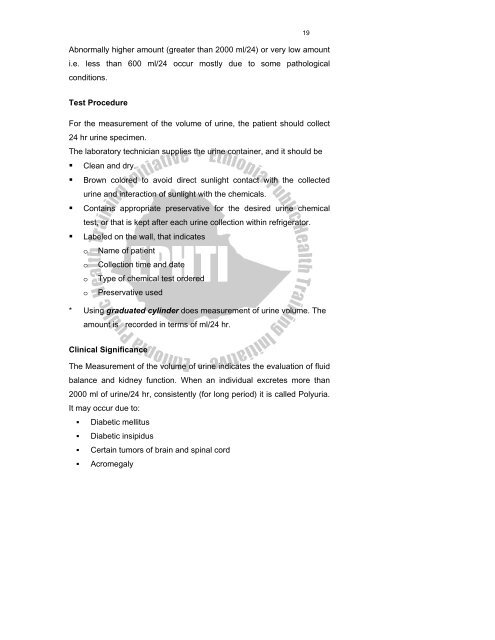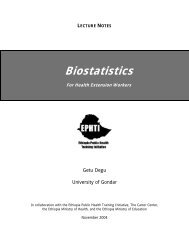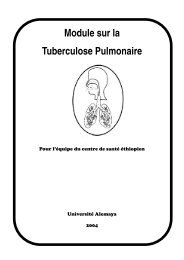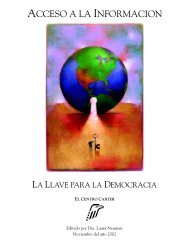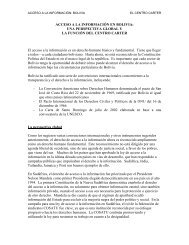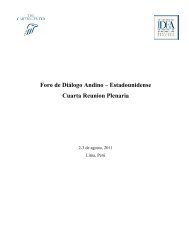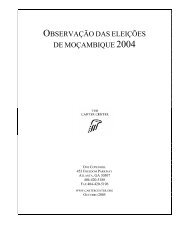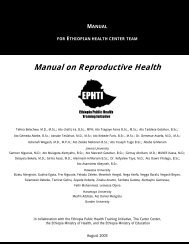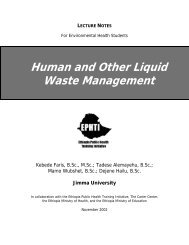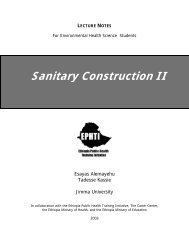Urinalysis - The Carter Center
Urinalysis - The Carter Center
Urinalysis - The Carter Center
Create successful ePaper yourself
Turn your PDF publications into a flip-book with our unique Google optimized e-Paper software.
Abnormally higher amount (greater than 2000 ml/24) or very low amount<br />
i.e. less than 600 ml/24 occur mostly due to some pathological<br />
conditions.<br />
19<br />
Test Procedure<br />
For the measurement of the volume of urine, the patient should collect<br />
24 hr urine specimen.<br />
<strong>The</strong> laboratory technician supplies the urine container, and it should be<br />
• Clean and dry.<br />
• Brown colored to avoid direct sunlight contact with the collected<br />
urine and interaction of sunlight with the chemicals.<br />
• Contains appropriate preservative for the desired urine chemical<br />
test, or that is kept after each urine collection within refrigerator.<br />
• Labeled on the wall, that indicates<br />
o Name of patient<br />
o Collection time and date<br />
o Type of chemical test ordered<br />
o Preservative used<br />
* Using graduated cylinder does measurement of urine volume. <strong>The</strong><br />
amount is recorded in terms of ml/24 hr.<br />
Clinical Significance<br />
<strong>The</strong> Measurement of the volume of urine indicates the evaluation of fluid<br />
balance and kidney function. When an individual excretes more than<br />
2000 ml of urine/24 hr, consistently (for long period) it is called Polyuria.<br />
It may occur due to:<br />
• Diabetic mellitus<br />
• Diabetic insipidus<br />
• Certain tumors of brain and spinal cord<br />
• Acromegaly


